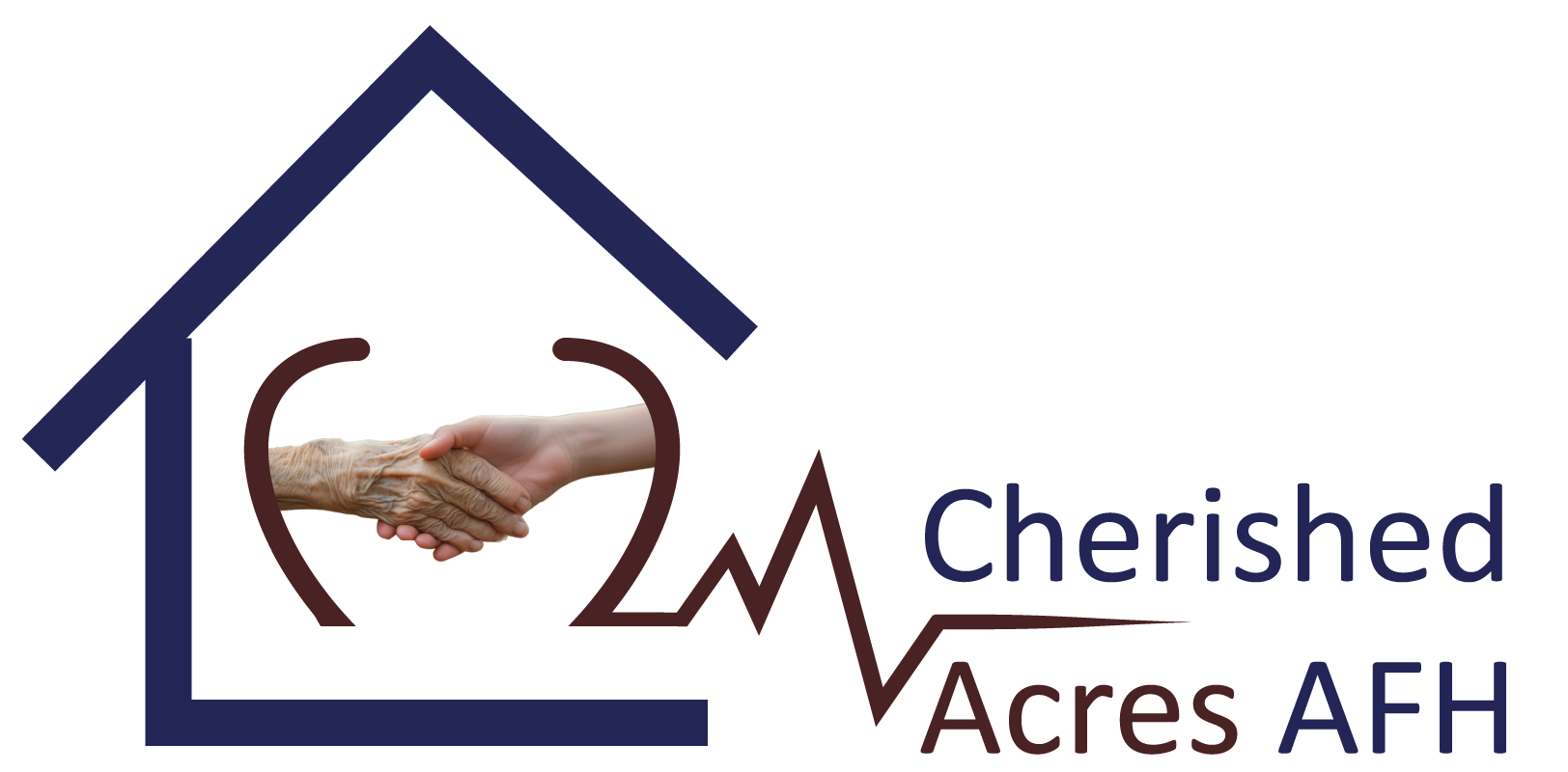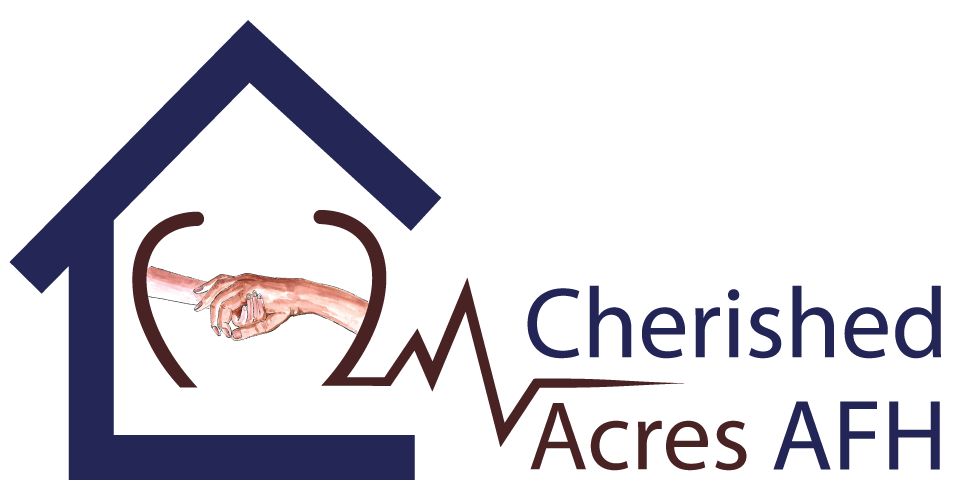Cardiac Rehab Exercises: A Complete Guide for a Healthier Heart
Heart surgery, heart attack, and chronic heart conditions may be overwhelming to recover. Cardiac rehab exercises form one of the most effective methods of regaining strength and confidence. This combination of exercises and professional medical attention, nutrition and lifestyle modification support helps patients to be in control of their health and enhance quality of life.
Under this guide, we shall discuss all you should know about cardiac rehabilitation exercises including its benefits, types and how to safely perform cardiac rehab exercises at home.
What Is Cardiac Rehabilitation?
Cardiac rehabilitation is a supervised medical program, which is offered to patients recovering after heart related ailments. It is usually a combination of exercise training and lifestyle counseling, stress management and heart-healthy lifestyle education.
A cardiac rehabilitation program should aim at:
- Lessen the chances of heart complications in the future.
- Enhance cardiovascular strength and endurance.
- Assist the patients in getting back to normal life and feeling confident.
- Increase general physical, psychological, and emotional health.
If you want to see how rehabilitation also helps manage other conditions, check out this guide on chronic disease management at home.
Why Cardiac Rehab Exercises Are Essential
The basis of cardiac rehabilitation is exercise. Medications and surgeries are useful to deal with short-term issues, but heart rehab exercises can be used to restore long-term heart strength.
Among the largest advantages there are:
- Makes the heart muscle stronger: more efficient in pumping blood.
- Enhances the flow of blood: less risk of blood clots and high blood pressure.
- Maintains weight: good BMI and reduces heart pressure.
- Reduces blood pressure and cholesterol levels: assists in the prevention of a second heart attack.
- Increases energy levels: patients are in a position to resume normal life.
- Mental health: Props up mental health post-surgery or illness anxiety or depression.
Simply put, cardiac rehabilitation exercises do not only heal the body, but the soul as well is reconstructed.
Types of Cardiac Rehab Exercises
A balanced routine usually includes a mix of aerobic activities, strength training, and flexibility work.
1. Aerobic (Endurance) Exercises
These enhance the flow of oxygen and the heart. Examples include:
- Walking: The easiest and yet very efficient method of building stamina.
- Biking at stationary location: Low impact and simple to track the intensity.
- Swimming or water aerobics: Light on joints and gives a complete body workout.
Pro Tip: Begin with 10 minutes per day and increase to 30 minutes 45 times a week.
2. Strength Training
The muscles are healthy and metabolized with the help of strength exercises and every day activity becomes less difficult.
- Light hand weights Dumbbells or water bottles.
- Another one is resistance bands to strengthen muscles safely.
- Body movements such as wall push-ups or chair squats.
Begin with low resistance with more repetitions and proper form.
3. Flexibility and Balance Exercises
Balance training prevents falls, which are vital to older patients, with flexibility lessening the stiffness.
- Light stretching arm, legs, back.
- Yoga and Tai Chi the combination of flexibility, mindfulness and relaxation.
For those who need extra support regaining mobility, programs like occupational therapy for adults can also complement cardiac rehabilitation.
Cardiac Rehab Exercises at Home
While hospital-based programs provide initial guidance, many patients continue their recovery with cardiac rehab home exercises. This offers flexibility, affordability, and convenience.
How to Start a Safe Home Program
- Get medical clearance before beginning.
- Warm up and cool down with gentle stretches.
- Begin gradually and increase intensity slowly.
- Monitor your heart rate to stay within a safe range.
- Recognize warning signs such as dizziness, chest pain, or breathlessness and stop immediately if they occur.
Sample Home Routine
- Warm-up: 5 minutes of slow walking or stretching.
- Main workout: 15 minutes of brisk walking or stationary cycling.
- Strength training: 2 sets of 10 chair squats or wall push-ups.
- Cool-down: Deep breathing and gentle stretches.
This routine can be adjusted based on your doctor’s advice and your recovery stage.
Lifestyle Habits That Support Cardiac Rehabilitation
The only component of the puzzle is exercise. The other elements of a holistic cardiac rehabilitation program are:
- Low-carb, low-fat diet: Large quantities of vegetables, fruits, whole grains, low fat proteins, and healthy fats.
- Stress management: Breathing methods, journal, and meditative practices.
- Quitting smoking: It is probably the best thing to do to the heart.
- Medication compliance: taking medications correctly, as well as, exercise.
- Check-ups: Being in contact with your medics.
By means of physical activity and changes in lifestyle, patients significantly reduce the chances of heart complications in the future.
Overcoming Common Fears About Cardiac Rehab
Patients are afraid or misunderstand the need to exercise after a heart occurrence. Let’s address a few:
- Work will put too much work on my heart.
The fact of the matter is that safe and controlled exercise makes your heart more powerful as time goes by. - I am too old to be rehabilitated.
Age does not matter; even older people have better strength and power during rehabilitation. - After finishing the program, I will be able to cease exercising.
Cardiac rehab is a lifetime investment in taking care of the heart and not a short-term solution.
Tips to Stay Motivated with Cardiac Rehab Exercises
- Establish small achievable targets such as taking a 10 minutes walk every day.
- Monitor your improvement use a notebook or a fitness application.
- Seeking support become members of rehab groups or working out with a relative.
- Hail achievements name gains in strength and spirits.
Staying consistent is more important than intensity. Slow and steady progress leads to lasting results.
Final Thoughts
The basis of recovery and heart health in the long-term is cardiac rehab exercises. They give patients the ability to feel strong physically, confident emotionally and independent. Either in a well organized, cardiac rehabilitation program or cardiac rehab exercises at home, the regular effort will yield a more positive and healthy life.
Whether you are healing or a loved one is healed after a heart surgery or a heart-related issue; it is important to remember: every single step will lead you closer to a stronger heart. It is possible to construct a healthier future with some direction, patience and perseverance.
FAQs
How soon after surgery can I start cardiac rehab?
Most patients begin within 2–6 weeks, depending on doctor approval.
Are home-based cardiac rehab exercises effective?
Yes, if performed safely and consistently with medical clearance.
What is the safest beginner exercise?
Walking is the safest and easiest starting point.
How often should I do cardiac rehab exercises?
Aim for 3–5 times per week, at moderate intensity.
Do I still need medication if I exercise regularly?
Yes. Exercise complements but never replaces prescribed treatment.
How long does cardiac rehabilitation last?
Programs often last 12 weeks, but exercises should continue for life


